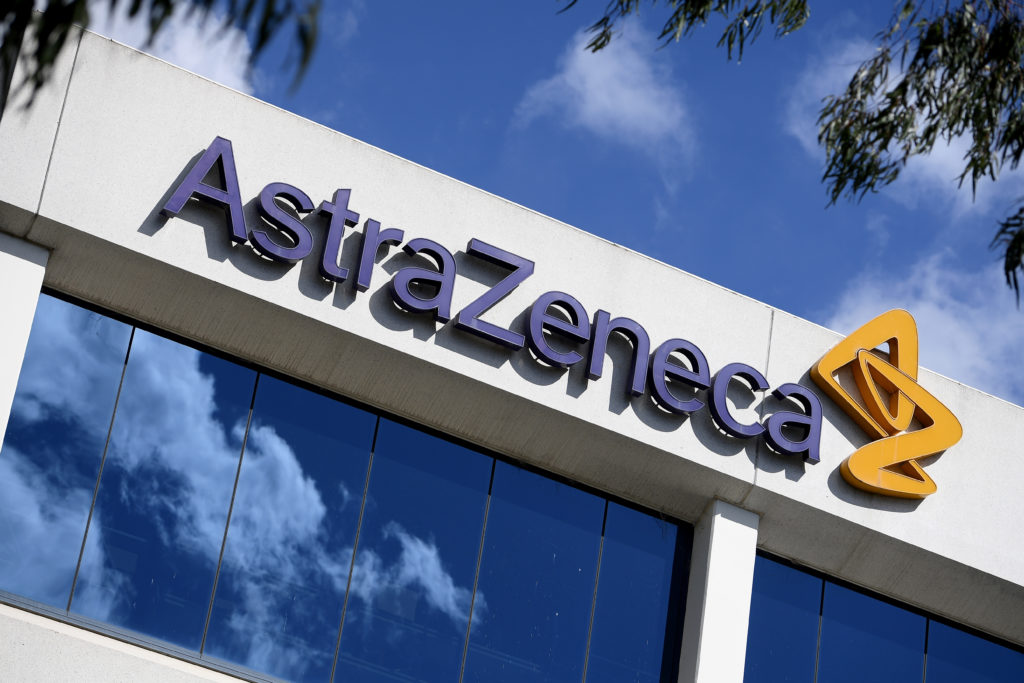| Key Points: – AstraZeneca is acquiring Belgium-based EsoBiotec for $425 million upfront, with an additional $575 million contingent on milestones. – The deal enhances AstraZeneca’s cell therapy capabilities through EsoBiotec’s ENaBL platform, which enables in vivo immune cell engineering. – The acquisition aligns with AstraZeneca’s broader strategy of leveraging cell therapies, gene editing, and radioconjugates for oncology and immune disorders. |
AstraZeneca has announced a significant expansion of its cell therapy pipeline with the planned acquisition of EsoBiotec, a Belgium-based biotech firm specializing in immune cell engineering. The deal, valued at up to $1 billion, consists of a $425 million upfront payment with the potential for an additional $575 million based on development and regulatory milestones. The acquisition is expected to close in the second quarter of 2025.
EsoBiotec’s ENaBL platform represents a transformative approach to cell therapy. Unlike conventional ex vivo cell therapies that require the extraction, modification, and reinfusion of patient cells, ENaBL allows for direct genetic programming of immune cells within the body. This eliminates the need for invasive lymphodepletion procedures and could significantly lower costs while improving accessibility for patients.
AstraZeneca has not yet disclosed specific target indications for EsoBiotec’s platform but has emphasized its potential applications in oncology and immune-mediated diseases. The ENaBL technology could help develop novel cancer treatments or autoreactive cell therapies for conditions such as autoimmune disorders.
This acquisition marks another step in AstraZeneca’s aggressive expansion into the cell therapy space. The pharmaceutical giant has been actively pursuing high-value deals to strengthen its pipeline in this emerging field. In 2022, AstraZeneca acquired TeneoTwo for up to $1.27 billion, securing its T cell engager TNB-486, now renamed AZD0486, which is in Phase III trials for follicular lymphoma and Phase II trials for B cell non-Hodgkin lymphoma.
Further reinforcing its position, AstraZeneca made another major investment in December 2023 with the $1 billion purchase of Gracell Biotechnologies. This deal added GC012F, now known as AZD0120, an investigational CAR T therapy targeting CD19 and BCMA for multiple myeloma and systemic lupus erythematosus.
Beyond acquisitions, AstraZeneca has formed strategic collaborations in cell therapy, including a $245 million agreement with Cellectis in November 2023 and a potential $2 billion partnership with Quell Therapeutics in June 2023. These investments highlight the company’s commitment to leveraging cutting-edge biotechnologies to expand its capabilities in immune modulation and oncology.
As a relative latecomer to the cell therapy market, AstraZeneca is rapidly scaling its presence through acquisitions and partnerships. By integrating EsoBiotec’s ENaBL platform into its pipeline, AstraZeneca positions itself to compete with industry leaders in the race to develop next-generation cell therapies that offer improved efficacy, lower costs, and enhanced patient accessibility.
With this latest acquisition, AstraZeneca continues to build a robust portfolio of cell therapies that could redefine treatment approaches for cancer and immune-related diseases. Investors and industry analysts will be closely monitoring how effectively AstraZeneca integrates these new technologies and translates them into viable commercial therapies.





